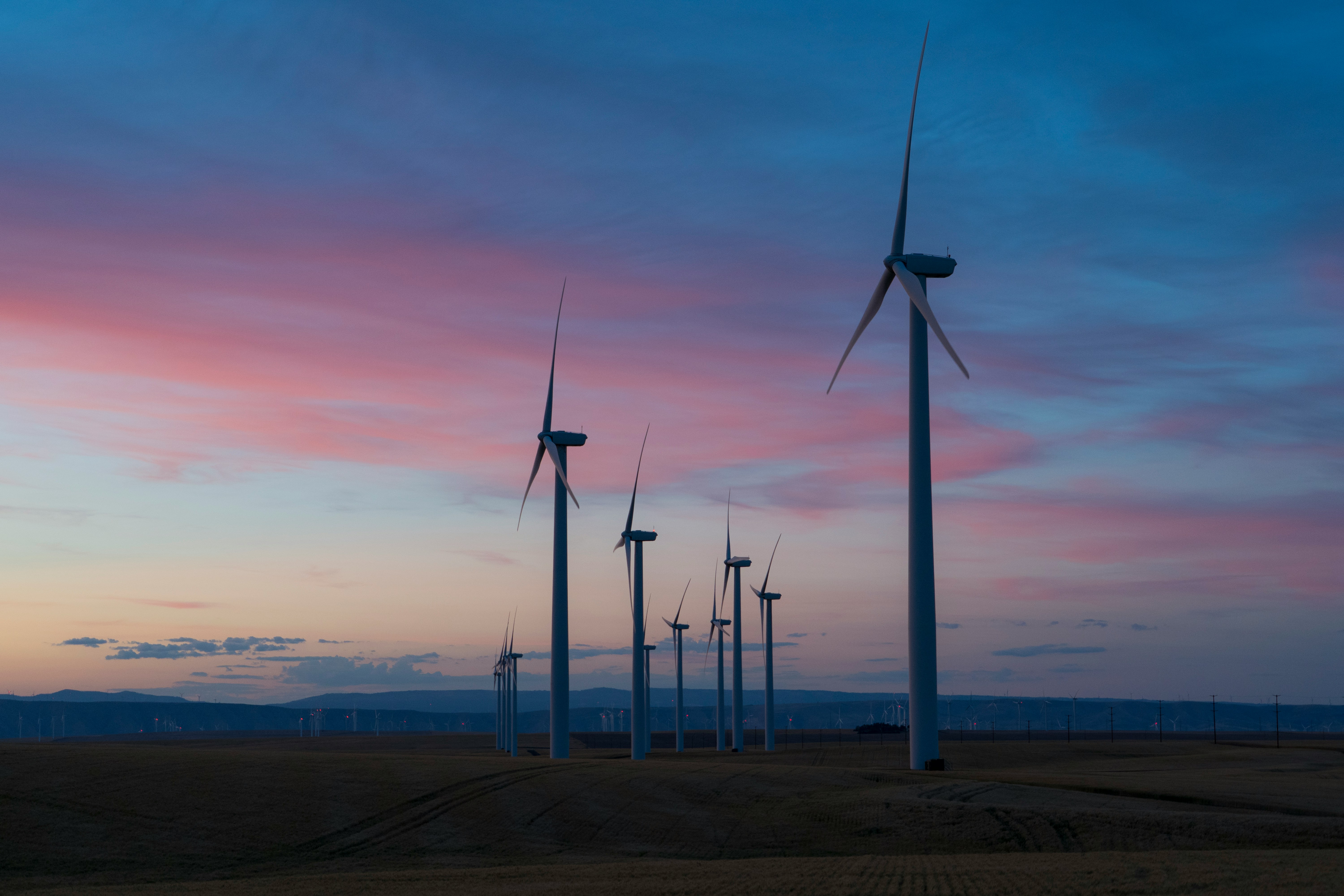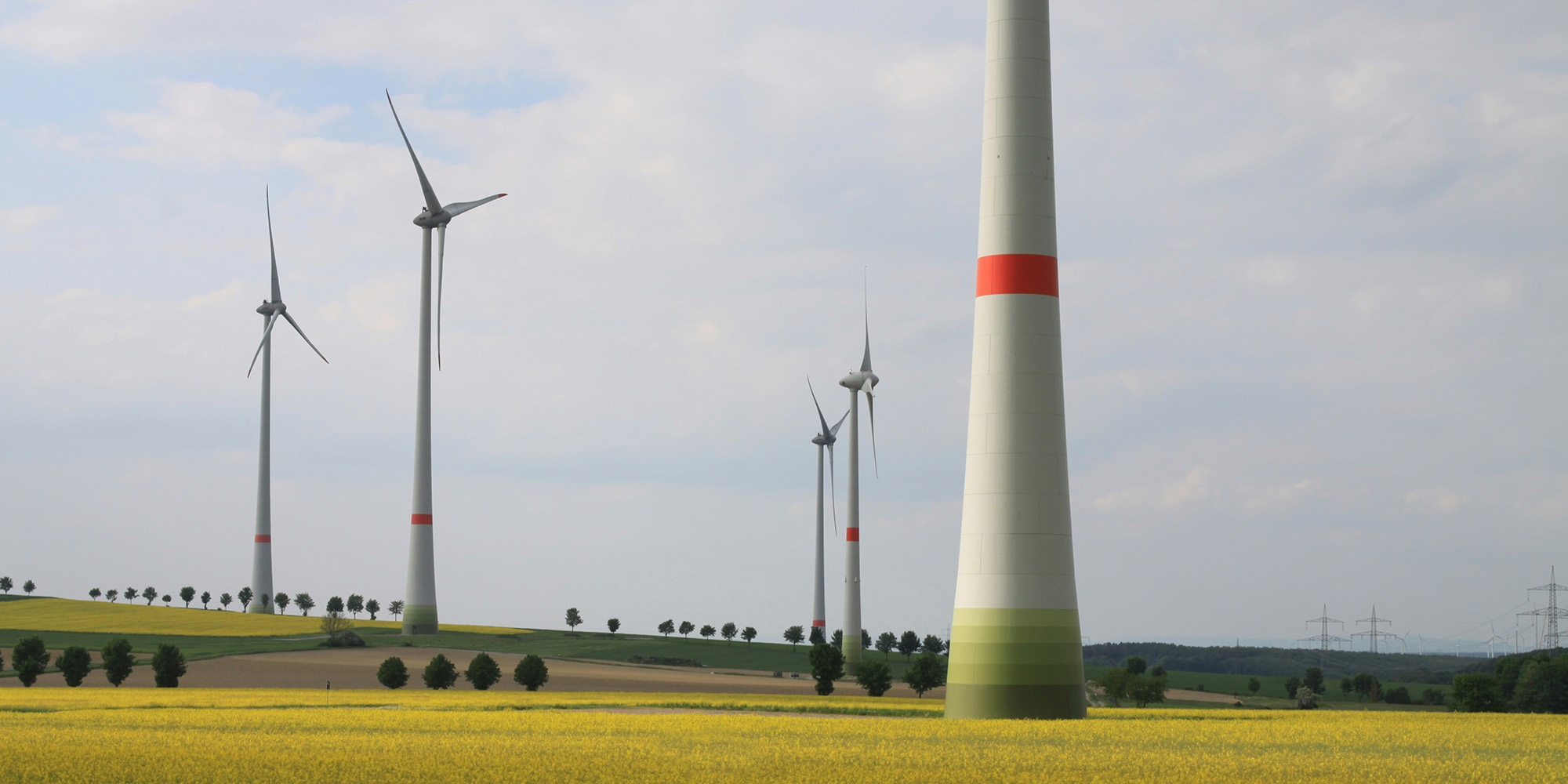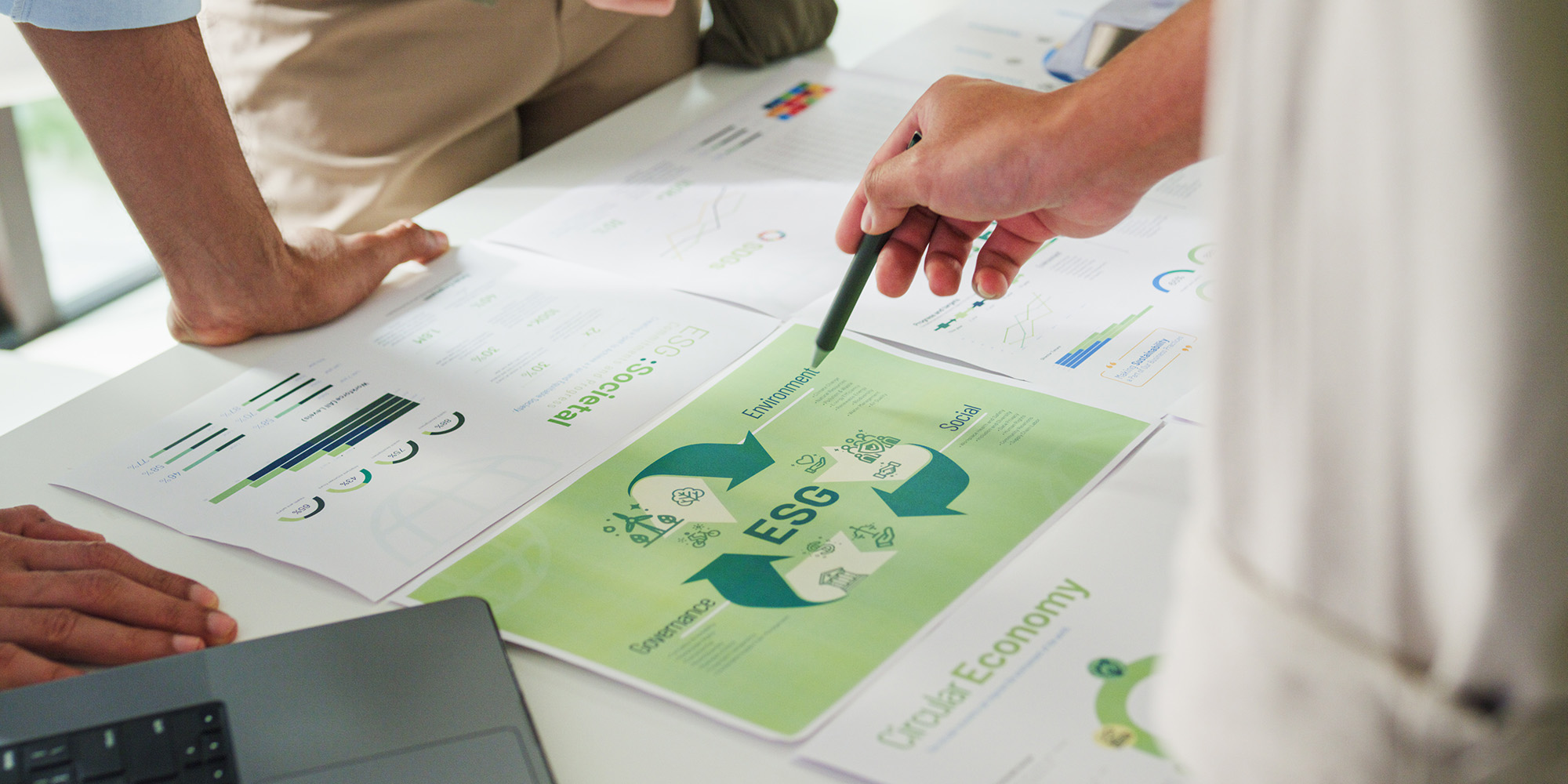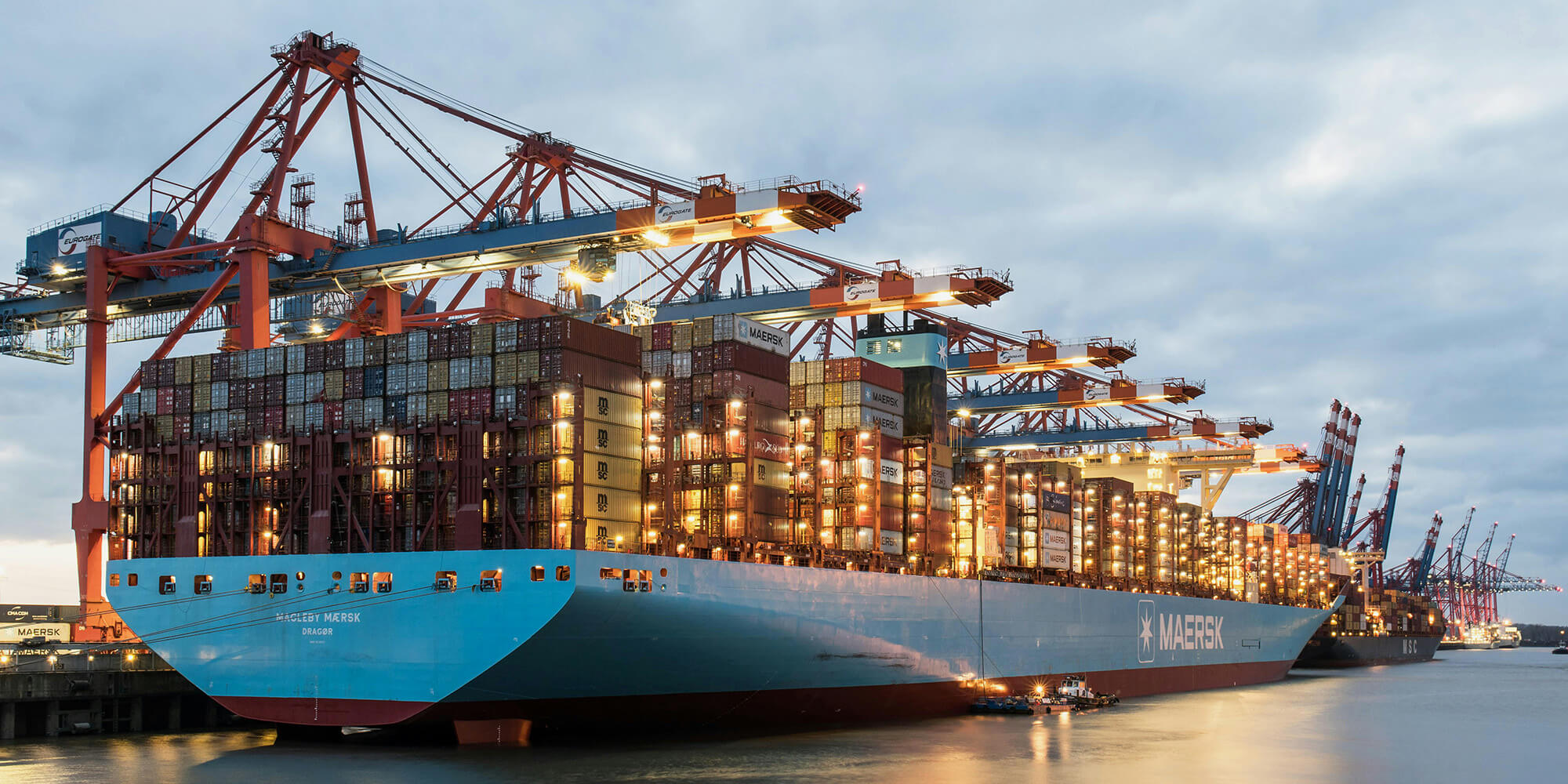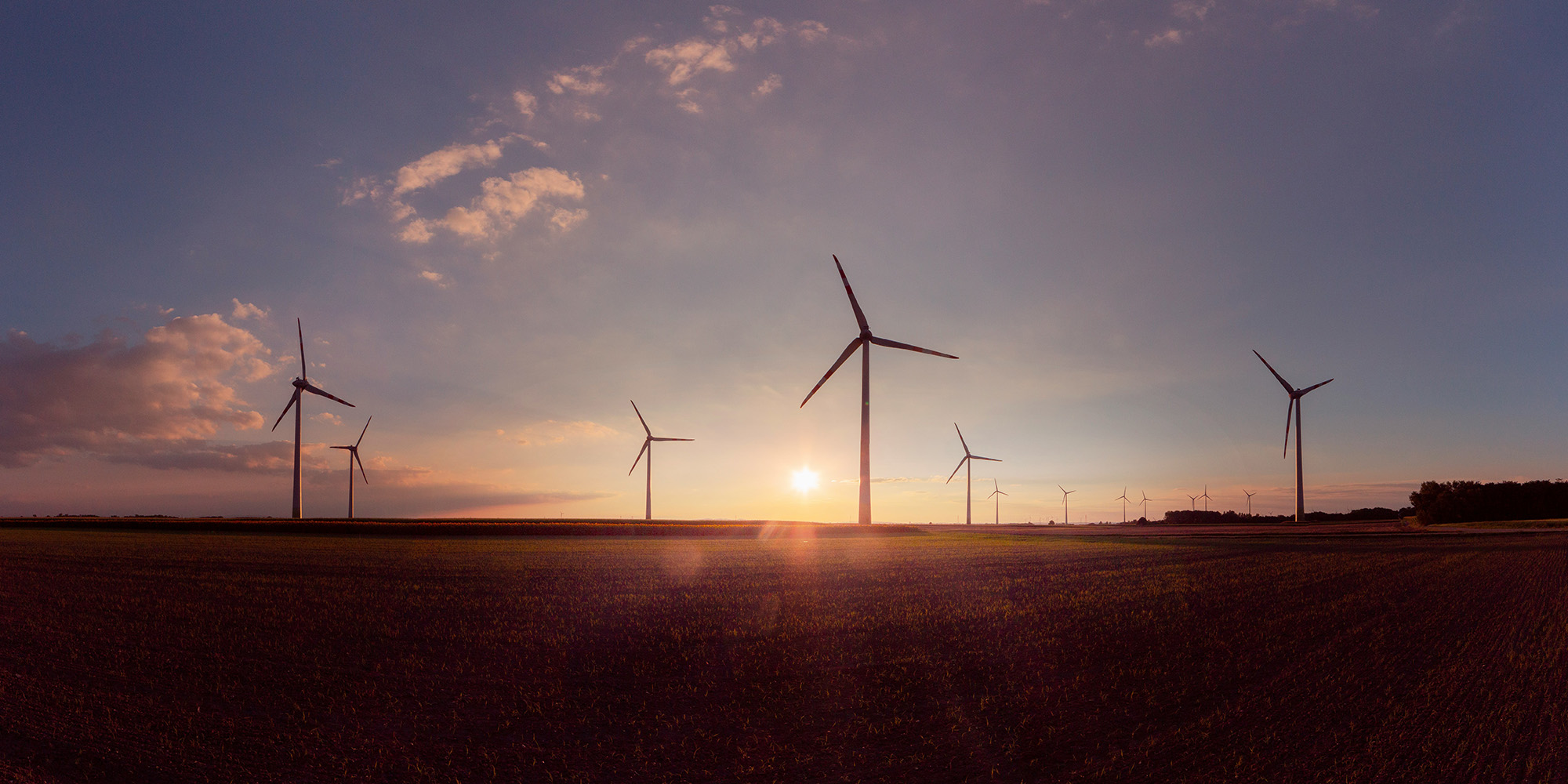What do the ESRS say about using renewable energy?
In a nutshell, the EU Commission made it explicit that contractual instruments – Guarantees of Origin among them – are now mandatory for claiming renewable energy consumption.
To quote the ESRS, companies “shall only consider these energy consumptions as deriving from renewable sources if the origin of the purchased energy is clearly defined in the contractual arrangements with its suppliers.”
The document also requires companies to “apply the location-based AND market-based methods to calculate Scope 2 GHG emissions” (you can read more about the methods here). When disclosing market-based emissions, businesses can report “emissions linked to purchased electricity bundled with instruments such as Guarantees of Origin or Renewable Energy Certificates.” In other words, GOs allow organisations to report reduced carbon intensity.
Now, although both methods are required for disclosing GHG emissions, that is different from claiming the usage of renewables. Being in a region with high renewable energy production will not be accepted as proof of using clean power. To put it simply: no contractual instrument, no clean energy consumption.
What do the ESRS mean for renewable energy consumers?
Companies wanting to prove renewable energy consumption must buy Energy Attribute Certificates (EACs), sign a Power Purchase Agreement (documented with EACs) or pay a green tariff.
Since the ESRS will soon cover both European firms and companies with a significant business volume in Europe (read the full breakdown here), we can further break this mandate into three parts according to purpose and geography.
The ESRS dictate organisations must use GOs, PPAs (with GOs), or green tariffs when reporting on Scope 2 energy consumption in Europe.
1) The ESRS require non-European EACs, such as Renewable Energy Certificates (RECs) or International Renewable Energy Certificates (I-RECs), for the same purpose when consumption takes place outside of Europe.
2) The standards also bring renewable gas and Scope 1 into focus. They permit the use of renewable gas EACs when reporting on emissions from activities covered by the EU ETS and for similar activities that are not covered EU ETS. In other words, if there is a national system for using renewable gas EACs in your EU ETS reporting, companies can use them to report reduced Scope 1 emissions.
3) The ESRS –and the CSRD at large– aim to provide a wealth of information to investors and consumers. Sustainability and renewable energy are about to become crucial for financial performance.
What are the likely effects of the ESRS on financial performance?
By weaving together the CSRD, the Sustainable Investment Taxonomy, and the Green Claims Directive (expect a new blog post on that last one soon) the EU is giving the single market a new sustainability dimension. The legal structure aims to channel investment streams towards companies, activities, and products with low environmental footprints, and help consumers make better choices.
The logic is simple. Investors want sustainable undertakings in their portfolios. Consumers want products that are good for the planet. This framework will give them enough data to align their wallets with their environmental priorities.
Renewable energy is a crucial part of the puzzle, and as the market tilts more and more in favour of sustainable endeavours, the cost of not buying renewables will increase. So will the opportunities for companies that reduce their carbon footprint. Now more than ever, investing in a downsized environmental impact is sure to pay off.
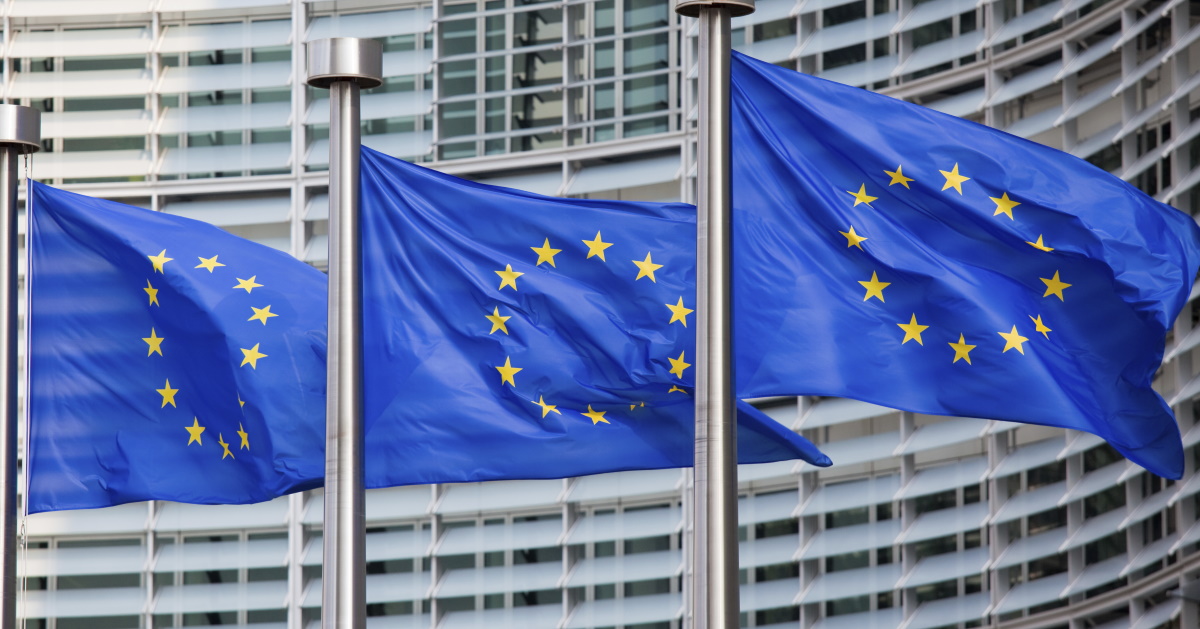

.png?width=3840&height=2560&name=Sun(1).png)

.png?width=3840&height=2560&name=Landscape_2(1).png)
